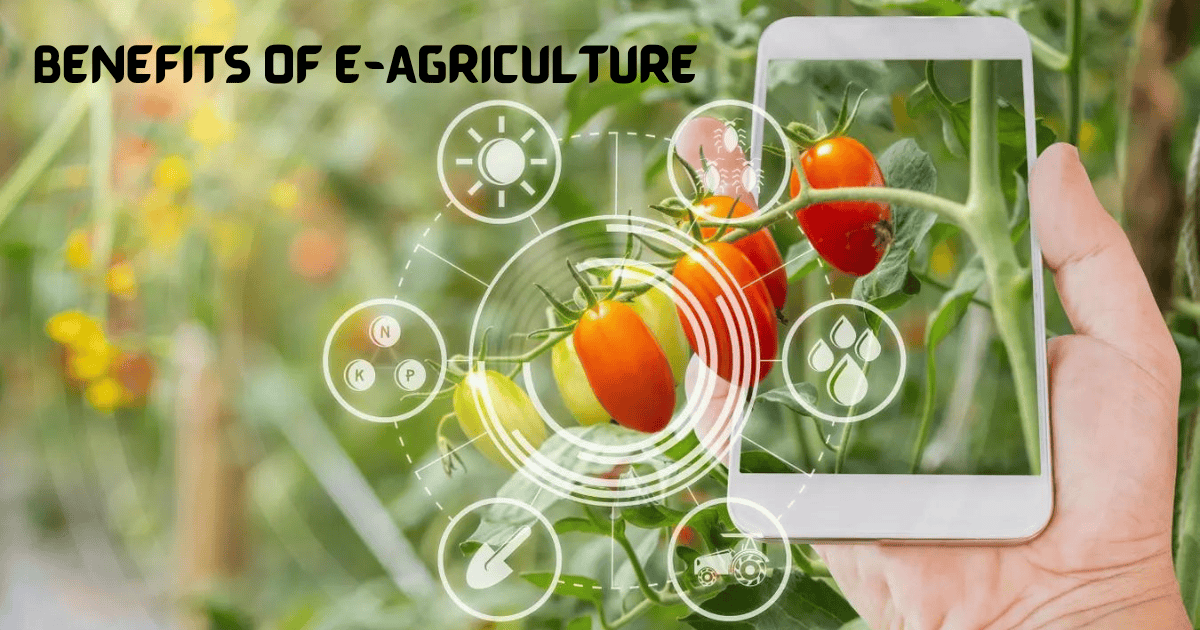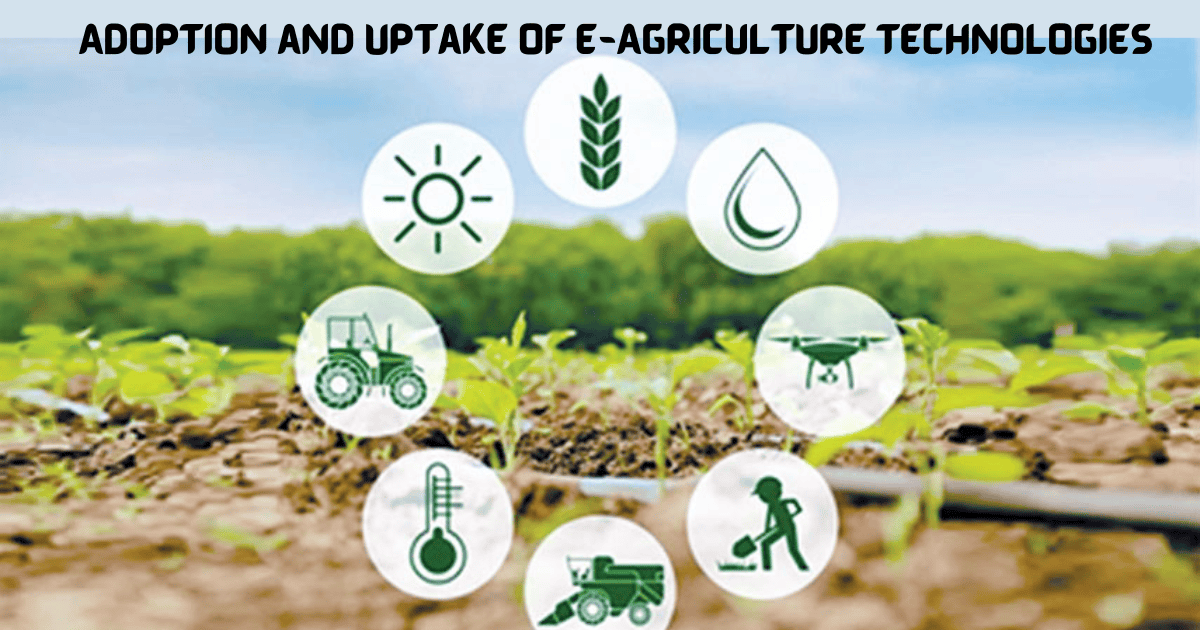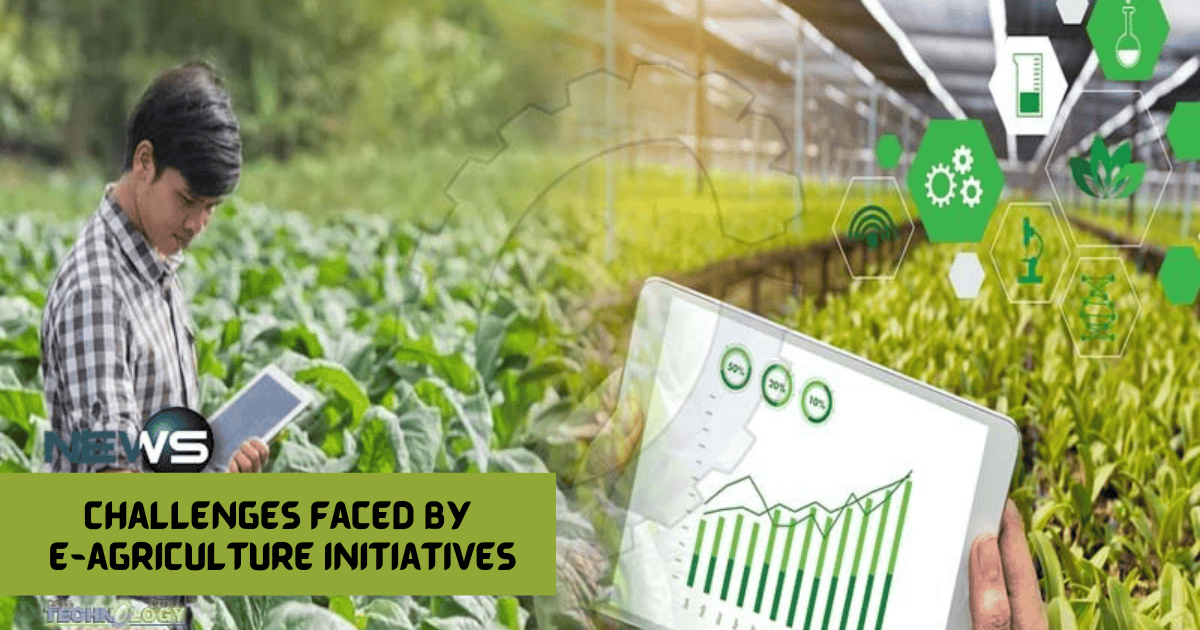What is E-Agriculture?
E-Agriculture, also known as Digital Agriculture, is like using cool computer tools to help with farm work. It’s all about using apps on phones, online websites, and even special farming equipment that can connect to the internet. These tools can help farmers do their jobs better and quicker.
Efarming, also known as email farming, is a method developed by Igor Kheifets. In efarming, you create a list of people who have agreed to get emails from you about products or services. This list can be used to send marketing emails, a great way to reach your audience and promote what you’re offering directly.
One way to grow your email list is through teamwork. For instance, you might pay someone with a big email list to send an email for you, encouraging their subscribers to sign up for your list.
But efarming isn’t just about emails. It’s also about managing farms using digital tools. This technology helps farmers monitor and control different farm parts, making their work more efficient.
Whether it’s building an online business or improving farming practices, efarming offers many opportunities for those ready to use technology and try new ways of doing things.

Benefits of E-Agriculture
There are many good things that come from using e-agriculture:
- Doing More With Less: These digital tools help farmers use just the right amount of water, seeds, and other things needed for growing plants. This means less waste and more crops!
- Knowing What’s Happening Now: Imagine knowing exactly what the weather will be like or how healthy your plants are right on your phone. That’s what these tools can do!
- Talking to Others Easily: Farmers can use these tools to talk to other farmers, buyers for their crops, and even experts who can advise them.
- Selling Crops Online: There are websites where farmers can sell their crops directly to people who want to buy them. It’s like having a farmer’s market on the internet!
- Helping the Planet: By using resources smartly, e-agriculture can help take care of our environment.
- Learning New Things: There are many online resources where farmers can learn new ways to farm, solve problems, and become even better at what they do.
- Knowing Where Food Comes From: Some tools can keep track of where food comes from and how it gets to our table. This helps make sure the food is safe and high quality.
In simple words, e-agriculture is like having a super helper for farmers. It makes farming easier, faster, and better for everyone!

Digital Technologies in Agriculture
Digital technologies are like magic tools for farmers. They help farmers do their work better and more easily. These technologies include things like special farming equipment, mobile apps, and online platforms. Let’s explore some of these technologies.
Precision Agriculture
Precision agriculture is like having a super-powered magnifying glass for farming. It helps farmers see exactly what each plant needs. This means they can give each plant the right amount of water, seeds, and other things it needs to grow. It’s like giving each plant its caretaker!
ICTs in Agriculture
ICT stands for Information and Communication Technologies. In agriculture, these are things like websites, apps, and other digital tools that help farmers learn new things, talk to others, and sell their crops. It’s like having a helper who knows a lot about farming and can connect you with other people.
Mobile Applications for Agricultural Extension Services
Mobile applications are like having a farmer’s helper right in your pocket. These apps can tell you about the weather, warn you about pests, or even connect you with buyers for your crops. It’s like having a farming friend always there to help you.
These digital technologies are changing the way we farm. They make farming easier and more efficient. They also help take care of the environment by reducing waste. The future of farming is digital!

Adoption and Uptake of E-Agriculture Technologies
E-agriculture technologies are like super cool tools for farmers. They’re not just for big farms, but small farms are using them too! These tools can help farmers grow more food and make more money.
Sub-Saharan Africa and Latin America
In places like Sub-Saharan Africa and Latin America, more and more farmers are starting to use e-agriculture technologies. These tools help them know when the weather is good for farming, learn new ways to grow crops, and even sell what they grow online.
Smallholder-Oriented Digital Agriculture Projects
Some projects are specially made to help small farms use these digital tools. These projects teach farmers how to use these tools and even give them some to start with. This way, even small farms can have a big impact!
Institute of Food and Agriculture (Updated Edition)
The Institute of Food and Agriculture is a group that helps farmers worldwide. They’ve recently updated their guide on how to use digital tools for farming. They teach farmers how to use these tools and share important information about farming.
The Agriculture Organization of the United Nations
The Agriculture Organization of the United Nations is another group that helps farmers. They work with countries worldwide to help farmers use digital tools. They want to make farming easier and more productive for everyone.
Traceability Systems in Digital Agriculture
Traceability systems in digital agriculture are like a map for your food. They keep track of where your food comes from and how it gets to your plate. These systems use digital tools to make sure your food is safe to eat and of good quality. They also help farmers sell their food more easily. So, traceability systems ensure we know where our food comes from, which is important!
Traceability Systems in Digital Agriculture
Traceability systems in digital agriculture are like a special tracking system for food. They use technology to keep track of all the steps a product goes through, from the farm to our plates.
Making Sure Food is Safe and High Quality
Traceability systems help make sure that our food is safe and high quality. They keep track of all the details about where the food came from and how it was handled. This way, if there’s a problem with the food, like an illness outbreak, we can trace it back to where it started and fix the problem.
For example, let’s say you bought a bag of apples at the store. With a traceability system in place, we could find out exactly which farm those apples came from, when they were picked, and how they got to the store. This helps ensure the apples are fresh, safe, and good to eat.
These systems can use something called blockchain technology, which is a secure way to keep track of all this information. It’s like a digital ledger or diary that records every step in the food journey from the farm to us.
Some organizations are creating digital platforms to help small farmers too. For instance, one project by UNCDF and Hamwe East Africa has created a platform that helps small farmers grow their crops better and sell them more easily.

Challenges Faced by E-agriculture Initiatives
E-agriculture initiatives are ways we use technology to help farmers and improve farming. But, there are some challenges that make it hard for these initiatives to work perfectly.
Accessibility and Low Levels of Adoption
One big problem is accessibility. Not all farmers can use e-agriculture because they might not have the right technology. For example, some farmers live in areas where there’s no internet or they don’t have smartphones or computers.
Another issue is that some farmers don’t feel confident using this new technology. They might find it confusing or be worried about making mistakes. This shows that we must teach farmers how to use these technologies properly.
Finally, some farmers might not even know about e-agriculture or how it could help them. Even though these technologies can make farming easier and more successful, some farmers might not know them.
In conclusion, while e-agiculture is a great idea, it faces some challenges. To overcome these, we need to ensure all farmers can access these technologies, feel confident using them, and understand how they can help with farming.